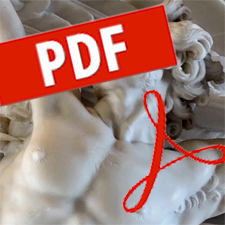This paper investigates how an organization can involve users in innovation processes. Based on three case studies and the literature on spaces, user-driven innovations and design management, the paper develops a framework that organizes different types of user involvement strategies. The framework aims to provide a rich understanding of how innovative spaces can be staged under different management strategies. To test the framework, nine SMEs from different Danish industries were selected. The findings show that the framework needs to be flexible in order to accommodate how users can be involved in different contexts and stages of the process. In addition, the study demonstrates various approaches to innovative spaces for involving users and their interests in the company. The framework includes a critique of the one-sided promotion of certain innovation paradigms in the literature. As demonstrated in this paper, different contexts require very different innovation approaches.

PAGES
347 – 365
DOI
All content is freely available without charge to users or their institutions. Users are allowed to read, download, copy, distribute, print, search, or link to the full texts of the articles in this journal without asking prior permission of the publisher or the author. Articles published in the journal are distributed under a http://creativecommons.org/licenses/by/4.0/.
Issues
Also in this issue:
-
Ryan Jenkins, David Černý and Tomáš Hříbek (eds) Autonomous Vehicle Ethics: The Trolley Problem and Beyond
-
As open as possible, but as closed as necessary: openness in innovation policy
-
Turning sportswashing against sportswashers: an unconventional perspective
-
State secrets and compromises with capitalism: Lev Theremin and regimes of intellectual property
-
In search of an author